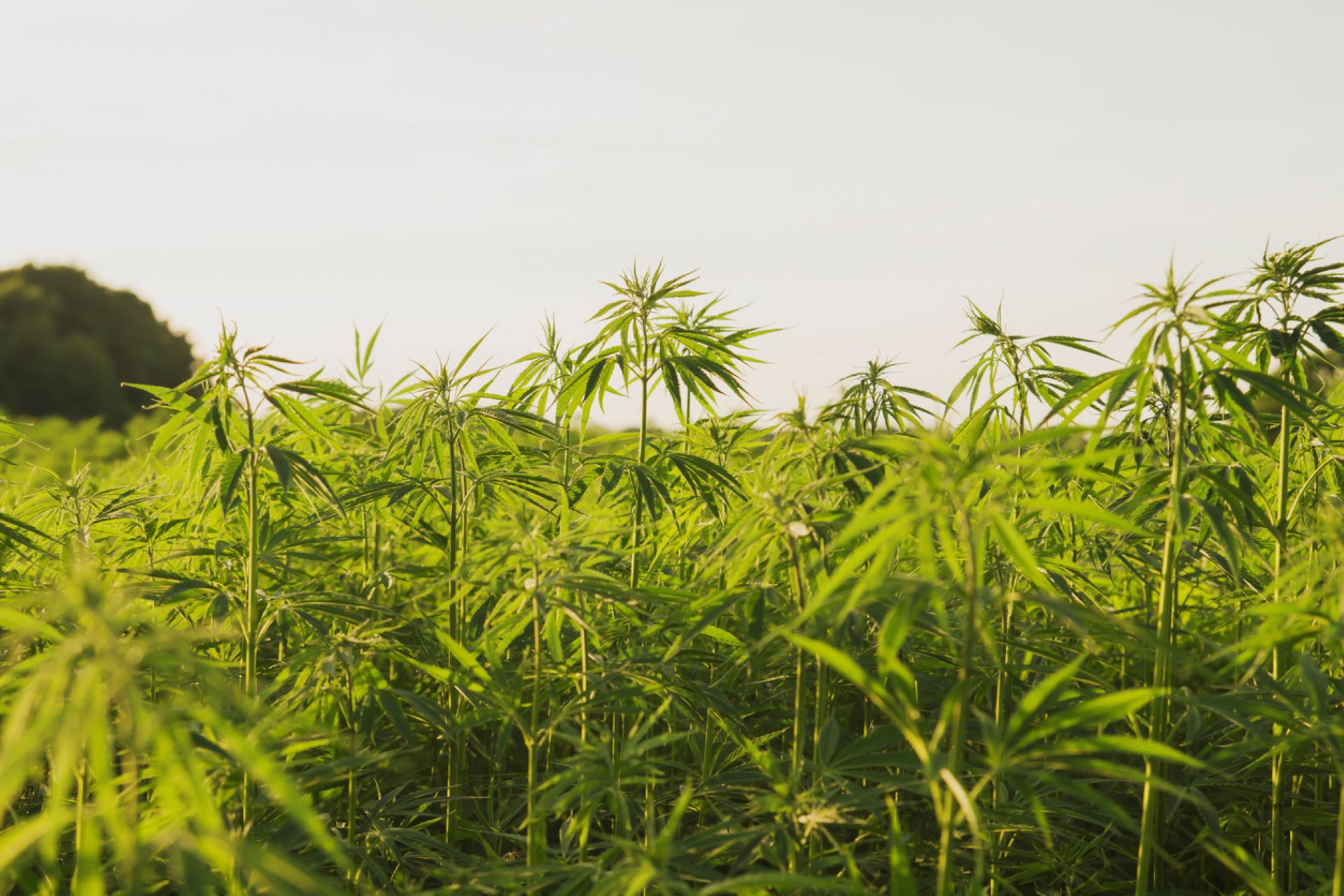Fashion
Congress pressures USDA to take action on far-reaching issue with fashion industry — here’s how it could affect your closet

New fashion trends are everywhere, from fast fashion stores to fashion magazines to celebrities. All of it makes us want to be up on the latest trends. But fashion is a major part of waste and pollution.
The Congressional Slow Fashion Caucus may have a solution to this problem. According to Just Style, the founder and chair of this caucus, Chellie Pingree (D-Maine), wrote a letter to the U.S. Department of Agriculture with her colleagues to urge the organization to support the production and processing of sustainable fibers in the U.S.
The caucus says these fibers may be more eco-friendly than synthetic fibers made from dirty energy sources. These fibers include cotton, hemp, and flax, which are plant-based fibers, and wool, alpaca, and leather, which are animal-based fibers.
The caucus noted that the USDA “plays an important role in supporting these efforts and revitalizing the sustainable fibers industry in the US.”
Not only may plant- and animal-based fibers be more eco-friendly, but they “may also be easier to recycle and reuse,” according to the caucus.
According to the 2022 Textile Materials Market Report, polyester was the most widely used fiber worldwide, with synthetic fibers totaling about 65% of global production.
The Congressional Slow Fashion Caucus said, “Sustainable fiber production and processing is relevant to multiple USDA mission areas.”
These areas include marketing domestic and international U.S. agricultural products, farm production and conservation, economic security, and the opportunity to compete globally.
While you may like the benefits of buying clothing made of cheaper materials, PIRG has reported 92 million tons of clothes end up in landfills annually. Decomposing clothes emit toxic methane, while incineration produces carbon dioxide. Both of these gases warm the planet.
In 2022, Boston University created a sculpture combining textile waste and a landfill-simulating reactor called Aftermath to show textile waste’s impact. At the time, this was to encourage discussion over solutions.
Today, the Congressional Slow Fashion Caucus believes it has a solution.
New companies are also popping up to tackle this issue — for example, Material Return, which turns old clothes into new ones. Sections of the fashion industry want it to become more circular, and this is supporting that mission.
You can help obtain a more sustainable future in fashion by supporting eco-friendly brands.
The lawmakers also noted in the letter: “We appreciate learning more about existing support from the USDA to enhance sustainable fiber products.”
Join our free newsletter for good news and useful tips, and don’t miss this cool list of easy ways to help yourself while helping the planet.









